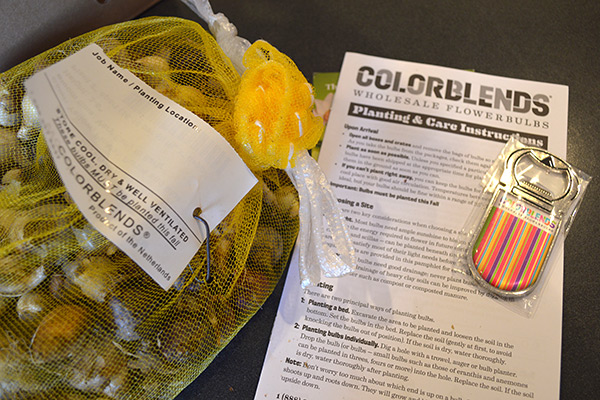 During the Garden Bloggers’ Fling in Toronto this past spring, bloggers were gifted a complimentary order of bulbs from Colorblends. We were able to choose from several pre-grouped selections. Since the Lot suffers from late winter blooms, I chose a late winter / early spring blend.
During the Garden Bloggers’ Fling in Toronto this past spring, bloggers were gifted a complimentary order of bulbs from Colorblends. We were able to choose from several pre-grouped selections. Since the Lot suffers from late winter blooms, I chose a late winter / early spring blend.
Basic Guidelines for Planting Spring Bulbs
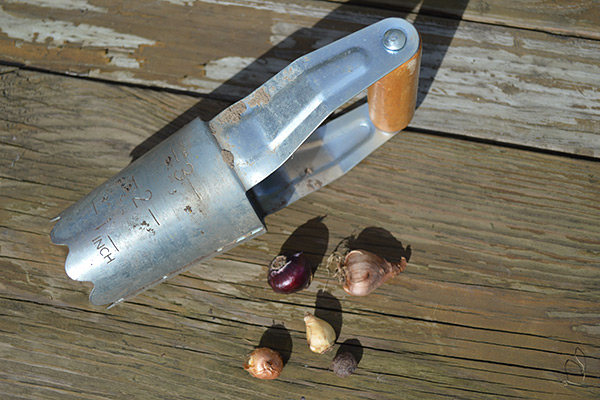
Spring-flowering bulbs should be planted the previous fall. In our Zone 6a, most spring-flowering bulbs should be in the ground before Halloween, October 31st. As a general rule, it is best to plant bulbs in an area of the garden with good drainage so the bulbs do not rot. There are areas on the Lot saturated with water during the spring thaw. I’ve tried to steer clear of those areas when choosing locations for early-spring and spring bulbs.
When planting the 200+ bulbs, I used the above bulb planter because most did not need to be planted deeper than 3″. The notches on the side of this tool made for quick work as I could push the tools into the ground, twist, and remove a plug of dirt and sod to plant the bulb. After placing the bulb and replacing the soil and sod, all the planting sites were watered.
Which End is Which?
Does it matter which end of the bulb is facing upward when planted? Not really. A bulb planted upside down will eventually find its way toward the surface because of gravitropism, a growth response plants have to gravity.
Winter Aconite (Eranthis cilicica)

“Winterling-Bluete-70“. Licensed under CC BY-SA 3.0 via Commons.
My friend Miss A introduced me to this very early bloom, but I had yet to plant some on the Lot. Another common name for this plant is winter wolfsbane. Winter aconite, part of the buttercup (Ranunculaceae) family, can grow from Zones 4-7. A frost tolerant plant, it can even be found peaking up out of receding snow cover. According to the Missouri Botanical Gardens, it is “native to western and central Asia (Turkey to Afghanistan)” where the little yellow flowers are found carpeting forest floors.
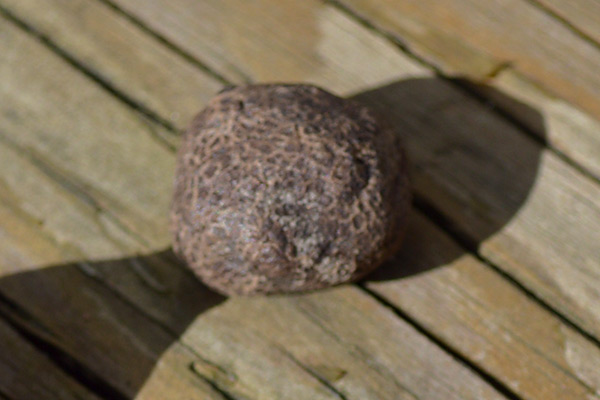 Winter Aconite is classified as a spring ephemeral, having a growth habit of woodland perennial plants. Spring ephemerals take advantage of the sunshine available when the canopy of the forest is not yet fully leafed out. Aconite grows quickly, producing foliage, bloom, and seed before the sunshine is no longer available. Then it dies back to the bulb and roots.
Winter Aconite is classified as a spring ephemeral, having a growth habit of woodland perennial plants. Spring ephemerals take advantage of the sunshine available when the canopy of the forest is not yet fully leafed out. Aconite grows quickly, producing foliage, bloom, and seed before the sunshine is no longer available. Then it dies back to the bulb and roots.
Where to Plant Winter Aconite
Bulbs like well-drained soil, preferably hummus-rich which is similar to forest floors. The plant should receive full sun for at least 6 hours. Since they only grow 2-3 inches tall, winter aconite looks great in borders or beneath trees and shrubs.
How to Plant Winter Aconite
Winter aconite bulbs should be planted 3″ beneath the soil and 2-3″ apart.
Glory of the Snow (Chinodoxa luciliae)
“Glory of the Snow“. Licensed under CC BY-SA 3.0 via Commons.
This six-petaled star-like flower is native to the mountainsides of western Turkey. Glory of the Snow is also a very early spring-blooming flower and can be grown in Zones 3-8. Glory of the Snow is so similar to Squill (see below) both plants used to belong to the genus Scilla.
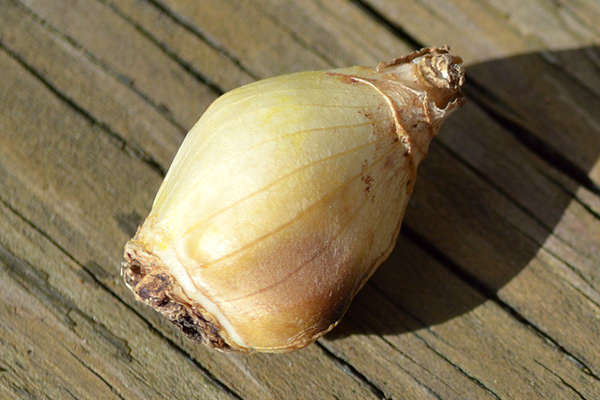
Where to Plant Glory of the Snow
Glory of the Snow grows best in areas of full sun to part shade with well-drained soil. The plant is great for naturalizing, so lawns, hillsides, rock gardens, and woodland gardens are fun places to plant them en-mass. When it is time to give the lawn its first mow, the plants’ foliage will have already died back for the season.
How to Plant Glory of the Snow
Glory of the Snow bulbs should be planted 3″ beneath the soil and 2-3″ apart.
Tommies (Crocus tommasinianus)

“Crocus tommasinianus (Xytram)” by Martyn M aka Martyx – Own work. Licensed under CC BY-SA 3.0 via Commons.
One of the earliest blooming crocus, tommies are native to Balkans, Hungary, Bulgaria, Serbia, Montenegro. They can be grown in Zones 3-8. These early spring bloomers belong to the Crocus genus and Iridaceae family. The Iridaceae include iris, freesia, crocus, and gladiolas, with each plant’s leaves being grass-like.
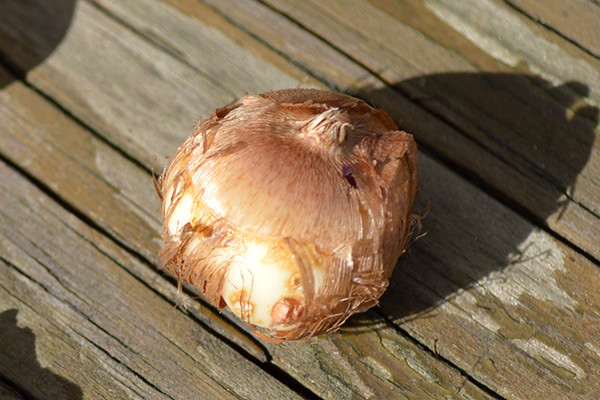
Tommies are named after the botanist Muzio G. Spirito de Tommasini. Not true bulbs, tommies are instead a corm, or underground stem that serves as the storage organ for the plant.
Where to Plant Tommies
Tommies can be planted in full sun to part shade in well drained soil. Like Glory of the Snow, they can naturalize in lawns and woodland gardens.
How to Plant Tommies
Tommies should be planted 3-4″ beneath the soil and 3″ apart.
Blue Squill (Scilla siberica)

“Blausternchen 2” by Heike Löchel – fotografiert von Heike Löchel. Licensed under CC BY-SA 2.0 de via Commons.
This blue, bell-like woodland flower is already planted on the Lot. I fell for this flower when I discovered it one spring in Miss A’s neighborhood, creating a carpet of blue across a tree covered lawn. I planted some right into the lawn opposite the drive from the alley bed.
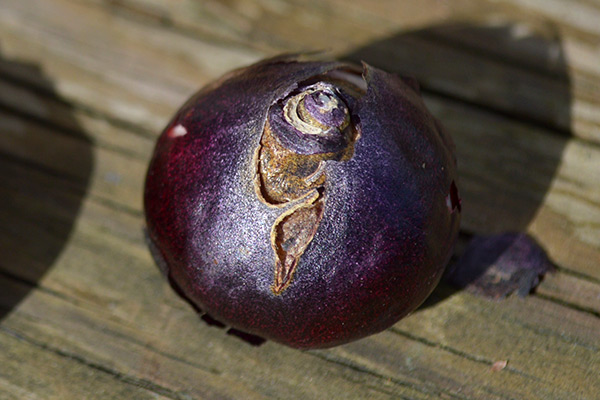
Blue squill, also known as wood squill or siberian squill, is native to southwestern Russia, the Caucasus, and Turkey. It is extremely cold hardy and can be grown in Zones 2-8. Blue squill belongs to the family Liliaceae.
Where to Plant Blue Squill
Like Glory of the Snow and Tommies, Squill can naturalize lawns and woodland gardens.
How to Plant Blue Squill
Squill should be planted 2-3″ beneath the soil and 2-3″ apart.
Tete-a-tete Daffodil (Narcissus ‘Tete-a-tete’)
Unlike the above spring blooms I planted, this miniature daffodil is a specific cultivar or type of flower bred and engineered by man. I found many websites trying to sell me the bulb, but not many willing to share its origin story.
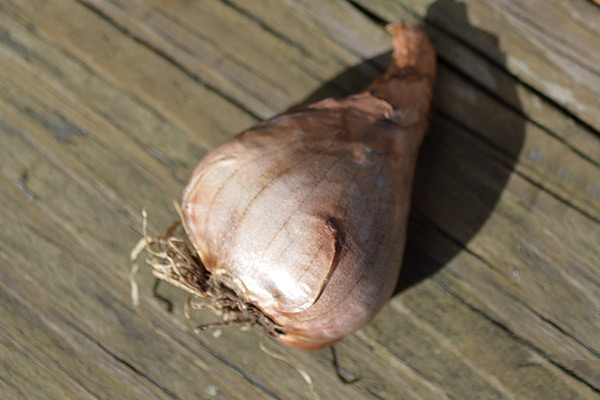
The tete-a-tete daffodil can be grown in Zones 5-8 and tops out in height at a mere 7″.
Where to Plant Daffodils
Tete-a-tete daffodils are to be planted in areas of full sun. Being a shorter daffodil, they can be used to edge perennial beds, grouped together in rock gardens, or planted in containers and window boxes.
How to Plant Daffodils
Tete-a-tete daffodils should be planted 4″ deep.